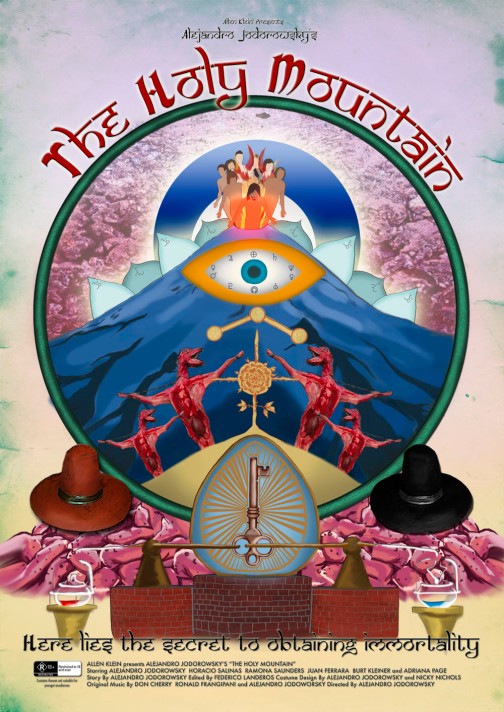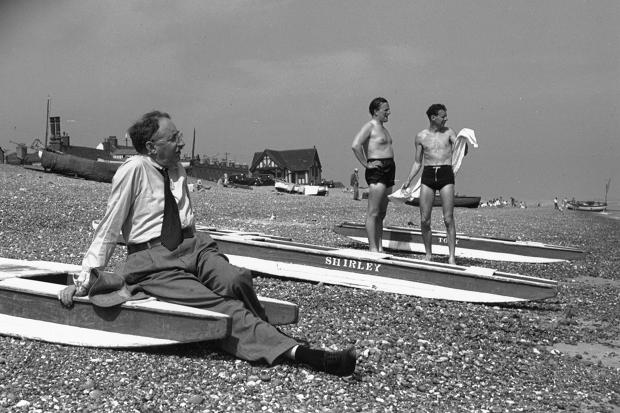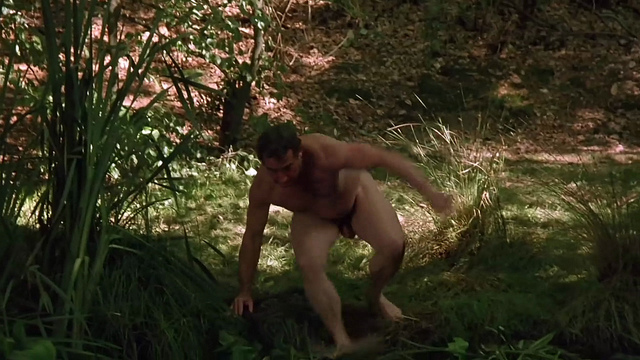Where You Stand is the upcoming, seventh studio album from Scottish rock band Travis, set to be released in August 19, 2013, on their own record label, Red Telephone Box via Kobalt Label Services. Speaking about the band’s departure from the spotlight, bassist Dougie Payne said of the release:
“You stay away as long as it takes, so you feel that hunger and desire to get back to it same as you did at the start.”
 Where You Stand (2013)
Where You Stand (2013)
The Longest Journey.
PART 1 — CAMBRIDGE
By E.M. Forster
“The cow is there,” said Ansell, lighting a match and holding it out over the carpet. No one spoke. He waited till the end of the match fell off. Then he said again, “She is there, the cow. There, now.”
“You have not proved it,” said a voice.
“I have proved it to myself.”
“I have proved to myself that she isn’t,” said the voice. “The cow is not there.” Ansell frowned and lit another match.
“She’s there for me,” he declared. “I don’t care whether she’s there for you or not. Whether I’m in Cambridge or Iceland or dead, the cow will be there.”
It was philosophy. They were discussing the existence of objects. Do they exist only when there is some one to look at them? Or have they a real existence of their own? It is all very interesting, but at the same time it is difficult. Hence the cow. She seemed to make things easier. She was so familiar, so solid, that surely the truths that she illustrated would in time become familiar and solid also. Is the cow there or not? This was better than deciding between objectivity and subjectivity. So at Oxford, just at the same time, one was asking, “What do our rooms look like in the vac.?”
“Look here, Ansell. I’m there—in the meadow—the cow’s there. You’re there—the cow’s there. Do you agree so far?” “Well?”
“Well, if you go, the cow stops; but if I go, the cow goes. Then what will happen if you stop and I go?”
Several voices cried out that this was quibbling.
“I know it is,” said the speaker brightly, and silence descended again, while they tried honestly to think the matter out.
Rickie, on whose carpet the matches were being dropped, did not like to join in the discussion. It was too difficult for him. He could not even quibble. If he spoke, he should simply make himself a fool. He preferred to listen, and to watch the tobacco-smoke stealing out past the window-seat into the tranquil October air. He could see the court too, and the college cat teasing the college tortoise, and the kitchen-men with supper-trays upon their heads. Hot food for one—that must be for the geographical don, who never came in for Hall; cold food for three, apparently at half-a-crown a head, for some one he did not know; hot food, a la carte—obviously for the ladies haunting the next staircase; cold food for two, at two shillings—going to Ansell’s rooms for himself and Ansell, and as it passed under the lamp he saw that it was meringues again. Then the bedmakers began to arrive, chatting to each other pleasantly, and he could hear Ansell’s bedmaker say, “Oh dang!” when she found she had to lay Ansell’s tablecloth; for there was not a breath stirring. The great elms were motionless, and seemed still in the glory of midsummer, for the darkness hid the yellow blotches on their leaves, and their outlines were still rounded against the tender sky. Those elms were Dryads—so Rickie believed or pretended, and the line between the two is subtler than we admit. At all events they were lady trees, and had for generations fooled the college statutes by their residence in the haunts of youth.
But what about the cow? He returned to her with a start, for this would never do. He also would try to think the matter out. Was she there or not? The cow. There or not. He strained his eyes into the night.
Either way it was attractive. If she was there, other cows were there too. The darkness of Europe was dotted with them, and in the far East their flanks were shining in the rising sun. Great herds of them stood browsing in pastures where no man came nor need ever come, or plashed knee-deep by the brink of impassable rivers. And this, moreover, was the view of Ansell. Yet Tilliard’s view had a good deal in it. One might do worse than follow Tilliard, and suppose the cow not to be there unless oneself was there to see her. A cowless world, then, stretched round him on every side. Yet he had only to peep into a field, and, click! it would at once become radiant with bovine life.
Suddenly he realized that this, again, would never do. As usual, he had missed the whole point, and was overlaying philosophy with gross and senseless details. For if the cow was not there, the world and the fields were not there either. And what would Ansell care about sunlit flanks or impassable streams? Rickie rebuked his own groveling soul, and turned his eyes away from the night, which had led him to such absurd conclusions…”
Arkansas (titles aren’t David Leavitt‘s strong suit; this one alludes to a quotation from Oscar Wilde that doesn’t have much to do with anything) is dotted with references to E. M. Forster, who is clearly one of the author’s cynosures.
The Wooden Anniversary continues the story of two recurrent Leavitt characters, fat, hopeless Celia and handsome Nathan, the gay cad she’s always been in love with. Celia has now moved to Italy, married well, dropped 75 pounds and opened a cooking school in a glorious Tuscan farmhouse; Nathan is a widow and a mess. But the changes are only superficial: Celia, remembering the insults she once had to endure — ”Oh, men used to call me a cow all the time” — maintains that a formerly fat person, ”in her mind at least, will always be fat,” and Mr. Leavitt goes out of his way to second her. By the end of the story, Nathan has stolen her handsome Italian lover, and Celia has run away and been reincarnated as a cow. (Seriously.) The nakedness of the gay wish-fulfillment fantasy, even the extravagant misogyny, might carry a malicious charge if Mr. Leavitt were having some fun with his characters — if he had the nerve to mock them as coldly and tranquilly as, in the first story, he mocks himself. The impulse is certainly there (a cow?), but instead, for the most part, we have to suffer with them.
 Robin Williams in Toys (Barry Levinson, 1992).
Robin Williams in Toys (Barry Levinson, 1992). A parody of the painting, with Bart behind the floating apple, can be seen briefly at the start of The Simpsons episode No. 86 Treehouse of Horror IV (1993)
A parody of the painting, with Bart behind the floating apple, can be seen briefly at the start of The Simpsons episode No. 86 Treehouse of Horror IV (1993) Still from Michael Jackson and Janet Jackson’s Scream music video (Mark Romanek, 1995)
Still from Michael Jackson and Janet Jackson’s Scream music video (Mark Romanek, 1995)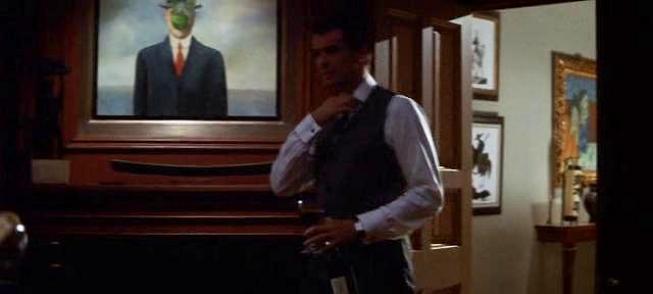 The Thomas Crown Affair (John McTiernan, 1999)
The Thomas Crown Affair (John McTiernan, 1999)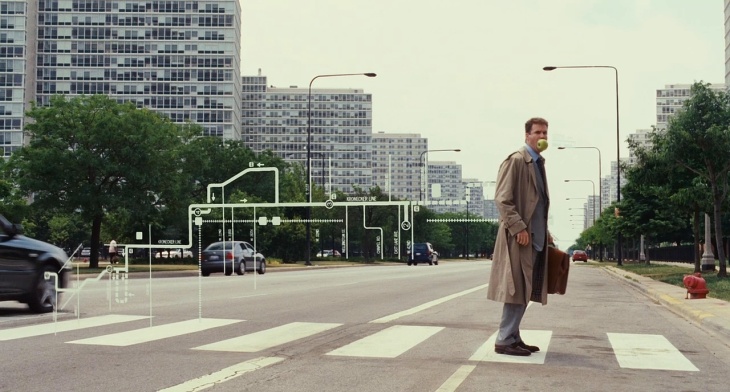 Stranger Than Fiction (Marc Forster, 2006)
Stranger Than Fiction (Marc Forster, 2006) This is not an Apple, illustration by John Cox, 2007
This is not an Apple, illustration by John Cox, 2007 The cover of the book Rubies in the Orchard: How to Uncover the Hidden Gems in Your Business (2009) has a version of the painting, with a pomegranate
The cover of the book Rubies in the Orchard: How to Uncover the Hidden Gems in Your Business (2009) has a version of the painting, with a pomegranate
 In Jimmy Liao’s illustrated book Starry Starry Night (2011), the protagonist girl, with the painting illustrated behind her, imitates the painting to express her protest against her parents’ long term fighting.
In Jimmy Liao’s illustrated book Starry Starry Night (2011), the protagonist girl, with the painting illustrated behind her, imitates the painting to express her protest against her parents’ long term fighting.
